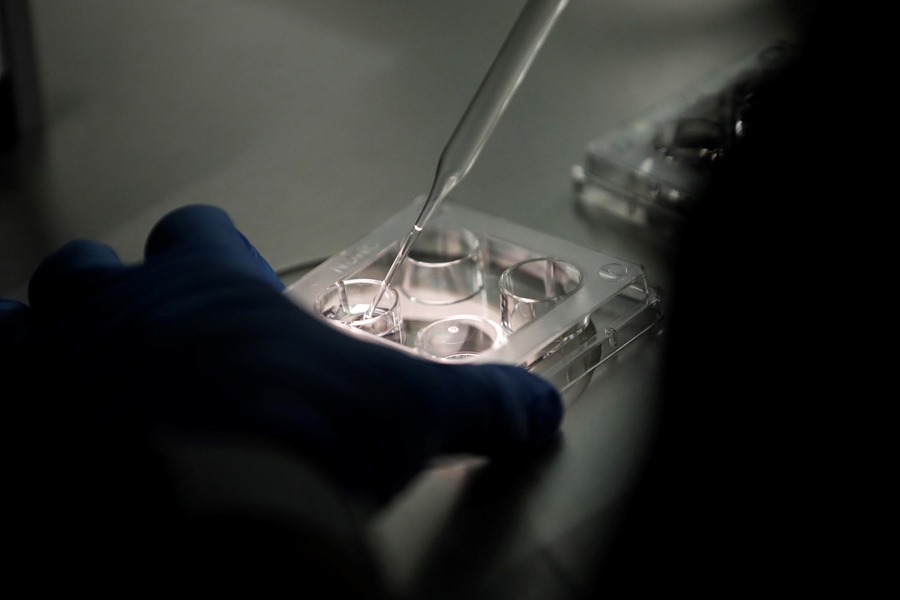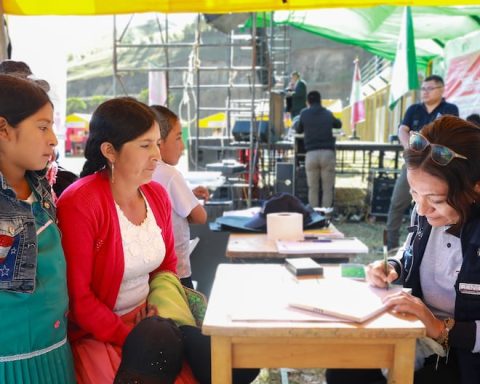The Oncological treatments can impact the possibility of becoming mothers temporarily or permanently. The guide “You decide, let cancer not decide”, from the Sandra Ibarra Foundation, is a tool to help those affected by cancer decide about preserving their fertility.
This guide is part of the campaign “You decide, let cancer not decide,” one more step towards one of the main objectives of the Sandra Ibarra Foundation which is to promote the creation of care protocols in health centers that, in this case, provide women with information to learn first-hand about the risks related to cancer and their fertility and the options to preserve it.
This awareness project about the sexual and reproductive health of cancer patients has been carried out in collaboration with the pharmaceutical company Organon.
“With this guide, my personal wish is fulfilled that other women can be mothers and what I have experienced serves, at least, to positively impact the lives of other women. We are more than a tumor marker and in many cases infertility is prevented with information,” says Sandra Ibarra, president of the Foundation that bears her name.
Some 10,300 women under 45 years of age (of reproductive age) are diagnosed with cancer each year in Spain, according to data cited by this Foundation.
The goal, make informed decisions
The guide ‘You decide, let cancer not decide’ offers cancer patients essential information, support and resources so that they can make informed decisions about preserving their fertility.
We invite you to read: How can artificial intelligence help read mammograms?
Its objective is to empower them to face this important choice with all their doubts resolved and to be able to go to the medical consultation with clear questions.
In addition, it is also aimed at health professionals, offering them a key instrument to know what information the patient should receive at the time of diagnosis and how to communicate it to them in a close and empathetic way.
Raquel Bratos, an oncologist from the Clara Campal Comprehensive Cancer Center; Fatima Castanopsycho-oncologist and sexologist at MD Anderson Cancer Center Madrid; Laura de la Fuente, section head of the Human Reproduction Unit of the 12 de Octubre University Hospital; and María Consuelo Sanz, co-coordinator of the Multidisciplinary Breast Pathology Unit and assistant physician of the Obstetrics and Gynecology Service of the previous hospital, all in Madrid.
The online version is available on the Foundation’s ‘School of Life’ mobile application, which can be downloaded for free.
How to preserve fertility
Cancer treatments, such as chemotherapy, radiotherapy or surgery, have a different impact on the ability to be a mother, sometimes temporarily and sometimes permanently.
To preserve fertility there are several techniques, the most used being oocyte vitrification (egg freezing) and cryopreservation of ovarian tissue to reimplant again.
Embryo vitrification is also another of the techniques that is explained and goes into depth as to which is the most appropriate for each type of cancer and when to carry it out.
 In vitro fertilization technique. EFE/ Bienvenido Velasco
In vitro fertilization technique. EFE/ Bienvenido VelascoBreast tumor is the most common in women of childbearing age and accounts for more than 65% of preservation cases due to oncological causes in Reproductive Units. The technique of choice is oocyte cryopreservation, followed by ovarian cortex cryopreservation, the guide states.
The ideal time to perform preservation procedures is either prior to the start of treatment or between 6 or 8 weeks after surgery prior to the start of chemotherapy or radiotherapy.
The most frequent concerns of women
The guide attempts to respond to the concerns that women raise most frequently in relation to their fertility, from what to do when cancer requires emergency action, the fear of genetic transmission to children or, among others, what to do if there is a diagnosis of cancer during pregnancy.
This document emphasizes the importance of doctor-patient communication since patients not only face the disease, but also that their desires to be mothers are conditioned.
“Patients and their partners will need to know their options regarding fertility preservation in order to make a decision tailored to their desires and needs.
Furthermore, not only women with a male partner should be included in this information communication process, but any woman with a desire to be a mother,” points out the Sandra Ibarra Foundation guide.


















